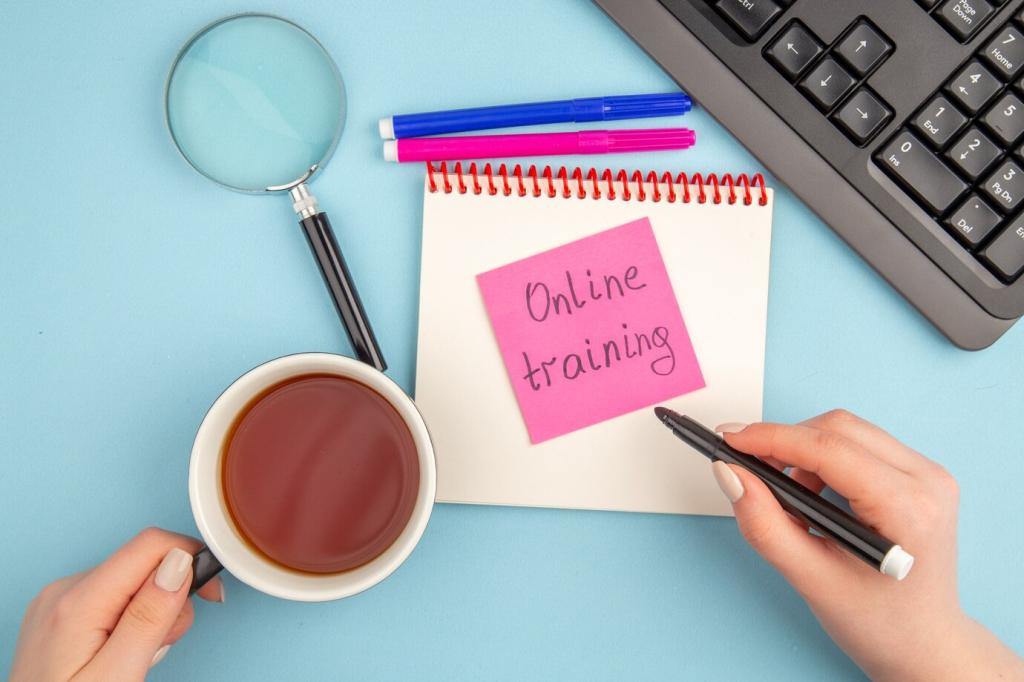Data, Diagnostics, and Iteration
Heatmaps, scroll depth, and form analytics reveal where attention drops and friction spikes. Pair insights with session replays to pinpoint confusing sentences. One team removed a paragraph and lifted completion by nine percent—evidence that less, well-placed copy can sell more.
Data, Diagnostics, and Iteration
Collect real phrases from interviews, reviews, and support tickets. Mirror the reader’s exact language in your headlines and objections. A campaign using verbatim customer quotes outran the control by a wide margin because it sounded like buyers, not like a brochure.






